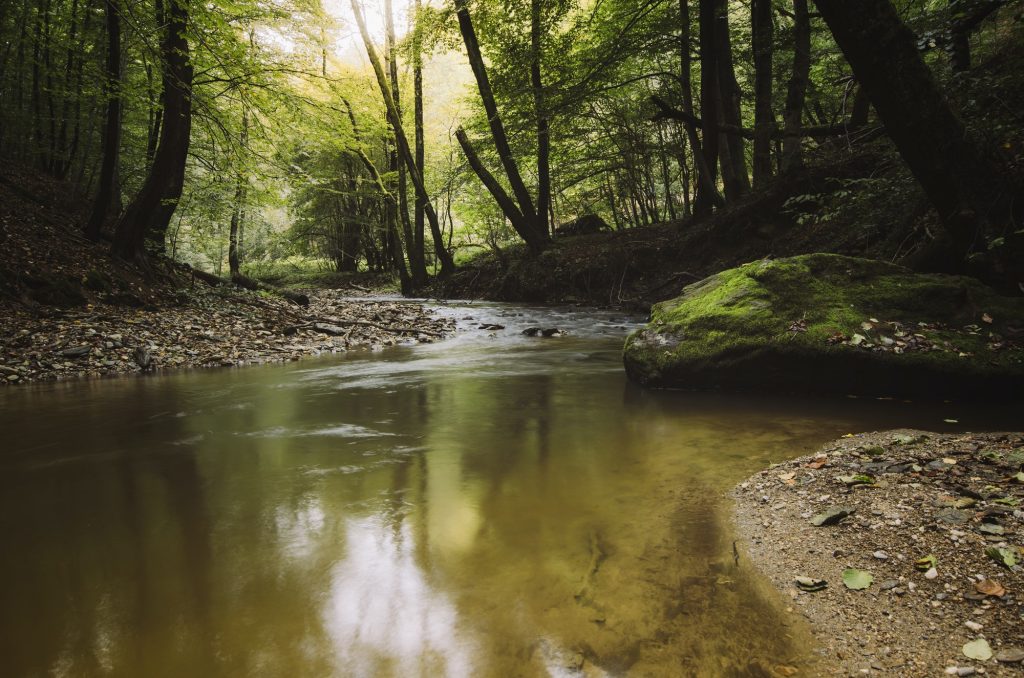Embracing Sustainable Practices
Introduction
Fly fishing, intrinsically connected to the natural world and in most instances eo-friendly fly-fishing is carried out by enthusiasts. However this fishing carries a responsibility towards environmental stewardship and sustainability. As anglers, adopting eco-friendly practices not only helps preserve the sport for future generations but also protects the delicate ecosystems we enjoy. This guide explores various sustainable practices in fly fishing, emphasizing the importance of conservation and ethical angling.
Understanding the Impact of Fly Fishing on Ecosystems
The Connection to Nature
- Ecosystem Interaction: Recognize that fly fishing takes place within sensitive ecosystems, where every action can have a significant impact on the environment.
Potential Negative Impacts
- Habitat Disturbance: Wading in spawning areas or trampling vegetation can damage fragile habitats.
- Pollution and Litter: Fishing line, plastic waste, and other debris can harm wildlife and pollute waterways.
Adopting Sustainable Fishing Practices
Catch and Release
- Safe Handling: Practice safe catch-and-release methods to ensure fish survival. This includes using barbless hooks, handling fish with wet hands, and keeping them in the water as much as possible.
- Stress Reduction: Reduce the time spent fighting and handling the fish to minimize stress and physical harm.
Responsible Gear Choices
- Eco-Friendly Materials: Choose gear made from sustainable materials. Consider items like biodegradable line, lead-free weights, and bamboo rods.
- Durability and Quality: Invest in high-quality gear that lasts longer, reducing waste and frequent replacements.
Protecting Aquatic Habitats
Stream and River Care
- Avoiding Sensitive Areas: Steer clear of fragile environments, such as spawning beds and delicate riverbanks.
- Minimizing Wading: Wade only when necessary to protect aquatic plants and riverbed structures.
Pollution Prevention
- Litter Management: Always pack out what you pack in, including all trash and fishing line.
- Chemical Awareness: Be cautious of the chemicals used in fishing, such as insect repellents and sunscreen, which can contaminate water.
Participating in Conservation Efforts
Supporting Local Initiatives
- Conservation Groups: Join and support local conservation organizations that work towards preserving fish habitats and promoting sustainable fishing.
- Volunteering: Participate in river clean-ups, habitat restoration projects, and other environmental initiatives.
Advocacy and Education
- Promoting Awareness: Share knowledge about eco-friendly practices with fellow anglers.
- Policy Advocacy: Engage in advocacy efforts to support environmental policies that protect waterways and fish populations.
Conclusion
Eco-friendly fly fishing is about more than just the act of fishing; it’s a commitment to preserving the natural environments we cherish. By adopting sustainable practices, anglers can significantly contribute to the health and longevity of aquatic ecosystems. The future of fly fishing depends on our collective efforts to fish responsibly, conserve habitats, and educate others about the importance of environmental stewardship.
In summary, sustainable fly fishing practices are crucial for the preservation of natural waterways and the sport itself. By being mindful of our impact, choosing the right gear, and actively participating in conservation efforts, we can ensure that the beauty and thrill of fly fishing can be enjoyed by generations to come.


